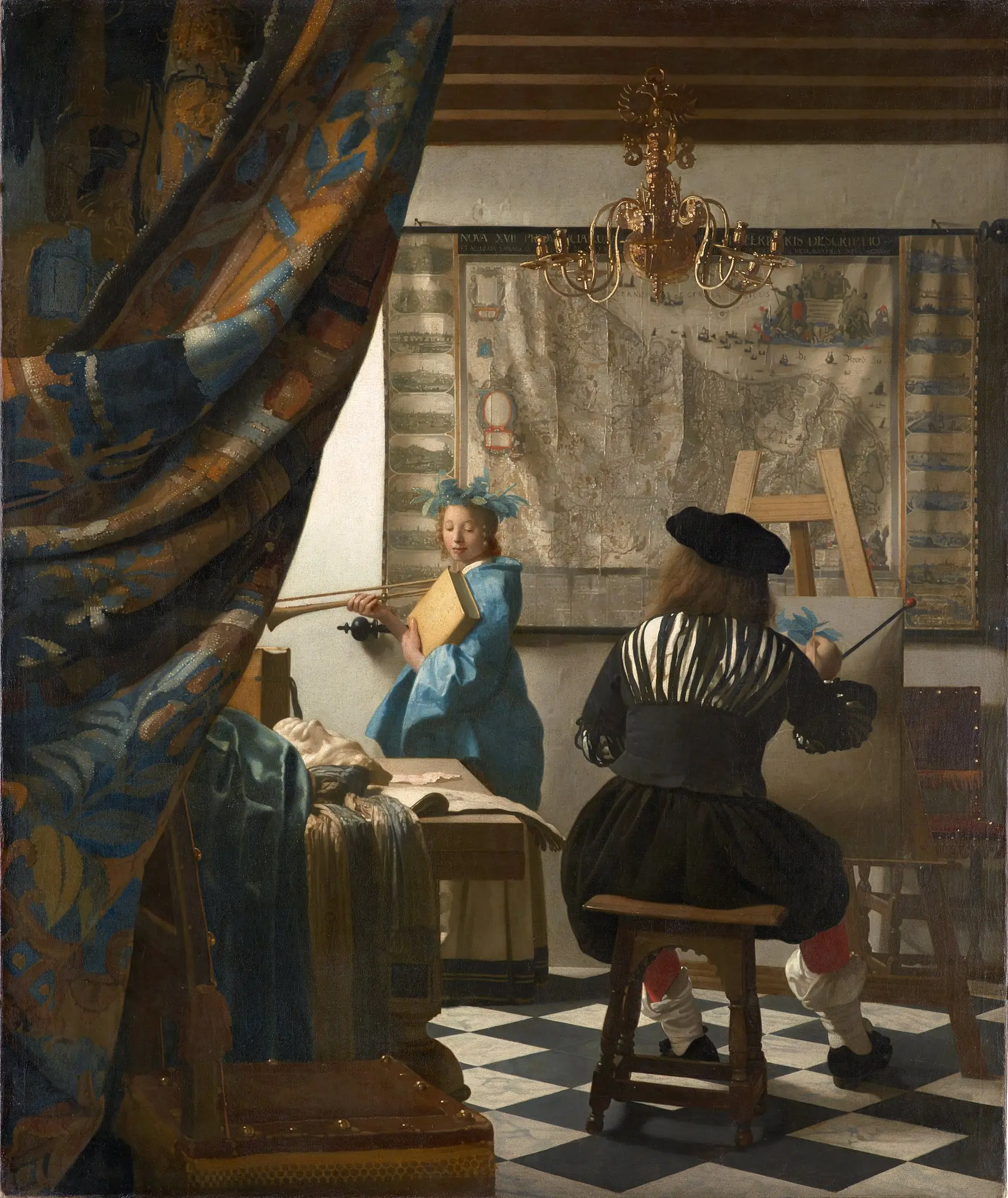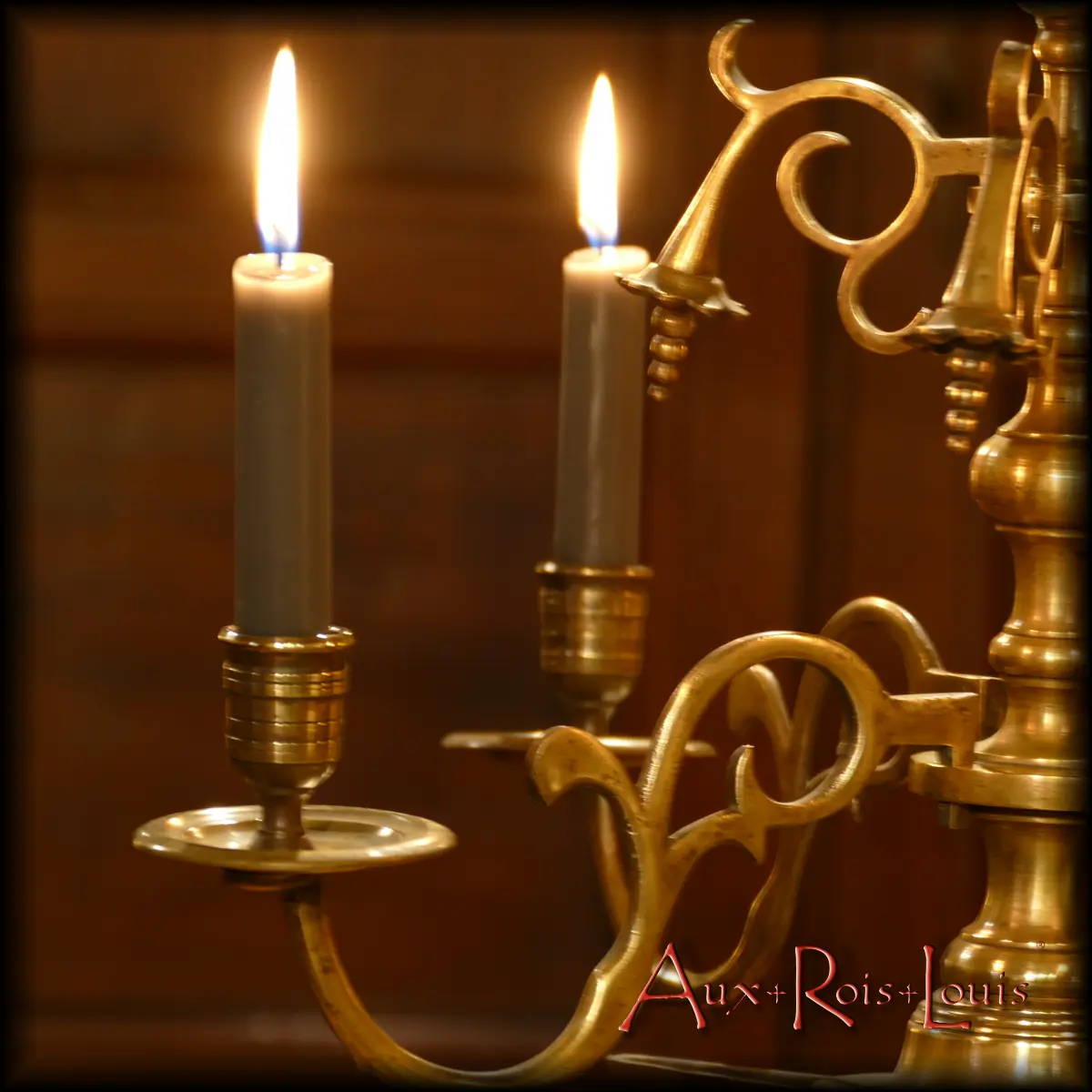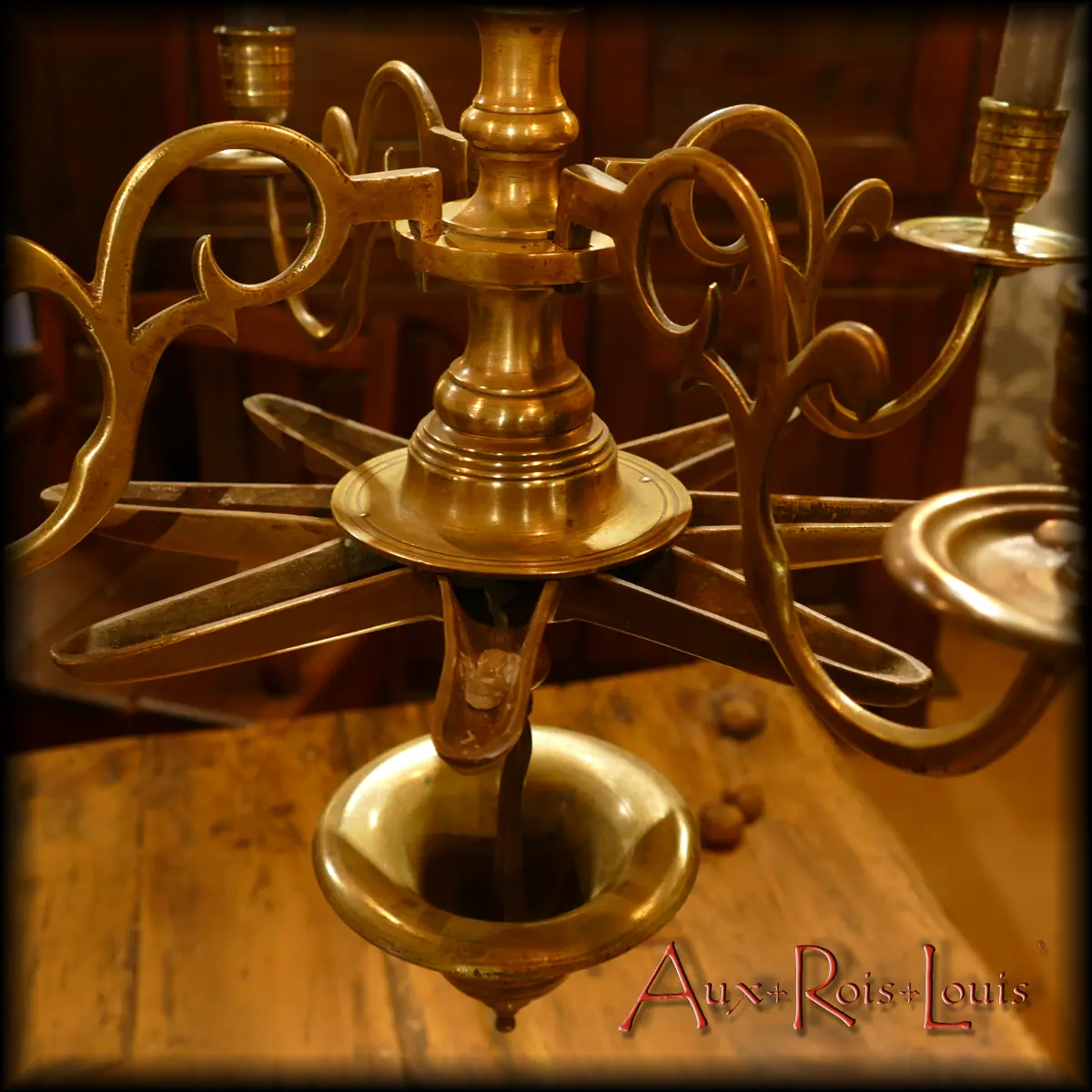
“The Art of Painting,” a Multilayered Artwork
The historical twists of this painting by Vermeer in the mid-17th century, lost and then found hidden in a salt mine after World War II, are as extraordinary as the mysterious subliminal messages of each element, carefully chosen by the artist. The scene depicts a young woman bathed in daylight, eyes half-closed, posing for a painter. In one hand, she holds a trumpet, and in the other, a book by the Greek historian Thucydides. In the background, a large map of the Netherlands hangs on the wall. The symbolism of this work, accessible in its time to the cultural elite to whom it was addressed, has been the subject of in-depth studies that can enlighten us. The central theme is the recognition of painting as a major art form. It is indeed “The Art of Painting” that is celebrated here. While it may seem obvious to us now, considering the fascinating perspective and chiaroscuro work of Vermeer, we must immerse ourselves in the context that saw the birth of this painting that Vermeer was very proud of and kept until his last breath. In the 17th century, debates were lively about the status to be granted to master painters and sculptors. Were they good craftsmen, or could they claim the status of artists? Vermeer’s response, as he strives to demonstrate in this painting, is that painting is equal to any other form of art, as it is capable of representing the most creative visual ideas and deceiving the eye through illusions of depth and colour.
Regarding the midsize chandelier of interest, experts believe that this chandelier represents Catholicism, while the lack of candles is a reference to its suppression by the dominant Protestant faith. This absence of candles would thus be an allegory of the stifling of Catholicism in the Netherlands. It should be noted that Vermeer was one of the few Catholics among Dutch painters of the Golden Age, who were predominantly Protestant. When I say it’s a multilayered work…
For further exploration, a masterful study of Vermeer’s work can be found on the website of the painter and art historian Jonathan Janson, Essential Vermeer: http://www.essentialvermeer.com/index.html
Bronze Chandelier – Louis XIV – 17th Century – Quercy – [ME117]
This bronze chandelier has the rare advantage of never having been electrified or modified in any way. As in its 17th-century conception, it allows illumination with candles, placed in the candle holders at the top of the four branches, and with walnut oil poured into the vessels, which burns using wicks. A bowl is provided to collect any overflow of walnut oil. It is called a midsize chandelier because, in principle, it was placed in the center of the ceiling and surrounded a bit lower, on either side, by rows of wall sconces. These reflected the light towards the center of the room with their curved brass supports. This bronze chandelier illuminated the gentle evenings of an affluent family, established at the dawn of the Grand Siècle in a manor in Quercy. Today, it seeks a home that will appreciate its antique and romantic lighting. This bronze chandelier remains most authentic for romantic dinners when illuminated with candles.
Dimensions:
Height: 52 cm, Diameter: 46 cm
Reference: [ME117]

![Bronze chandelier – Louis XIV – 17th century – Quercy – [ME117] What characterizes this bronze chandelier from the 17th century is that it has never been converted to electricity. Everything here is original, and only the candles are adapted to its candle holders. Additionally, small vessels are intended to receive walnut oil and wicks to complete the decidedly intimate lighting setup.](https://www.aux-rois-louis.com/wp-content/uploads/2023/11/ME117_P1670115-1200x600.webp)
![Bronze chandelier – Louis XIV – 17th century – Quercy – [ME117] What characterizes this bronze chandelier from the 17th century is that it has never been converted to electricity. Everything here is original, and only the candles are adapted to its candle holders. Additionally, small vessels are intended to receive walnut oil and wicks to complete the decidedly intimate lighting setup.](https://www.aux-rois-louis.com/wp-content/uploads/2023/11/ME117_P1670115.webp)

